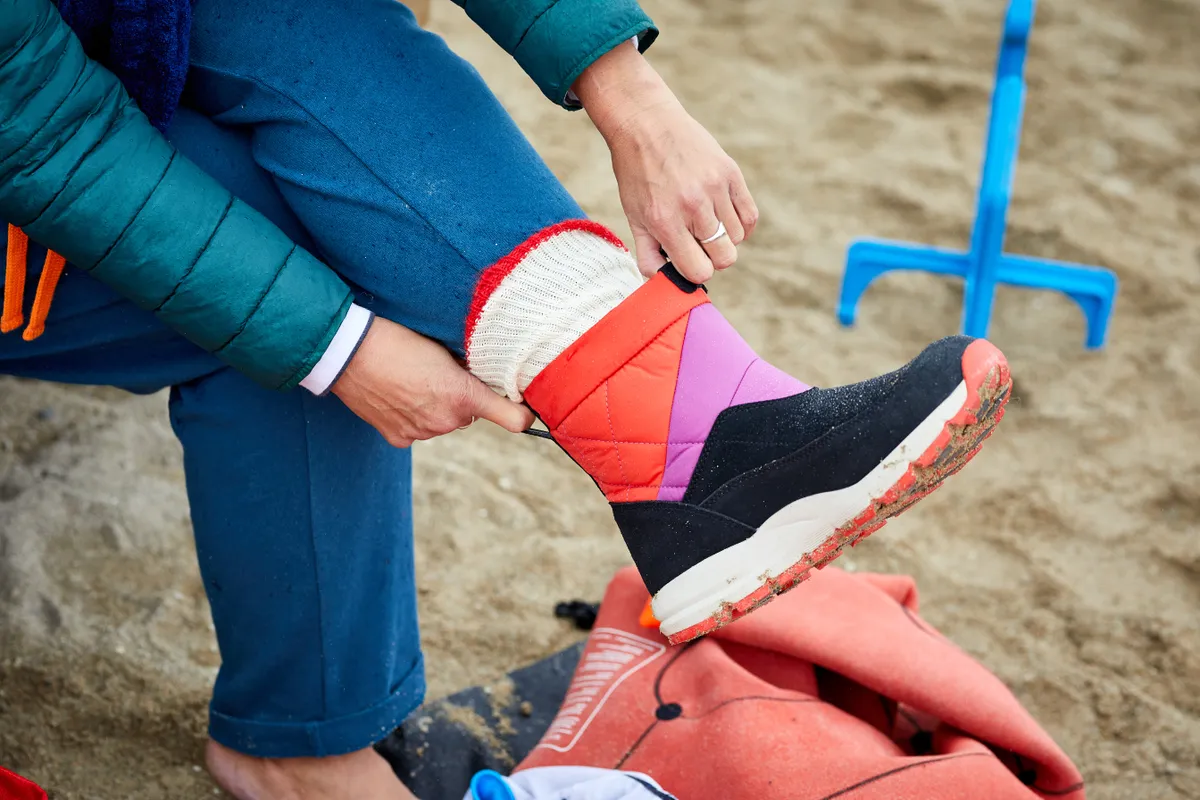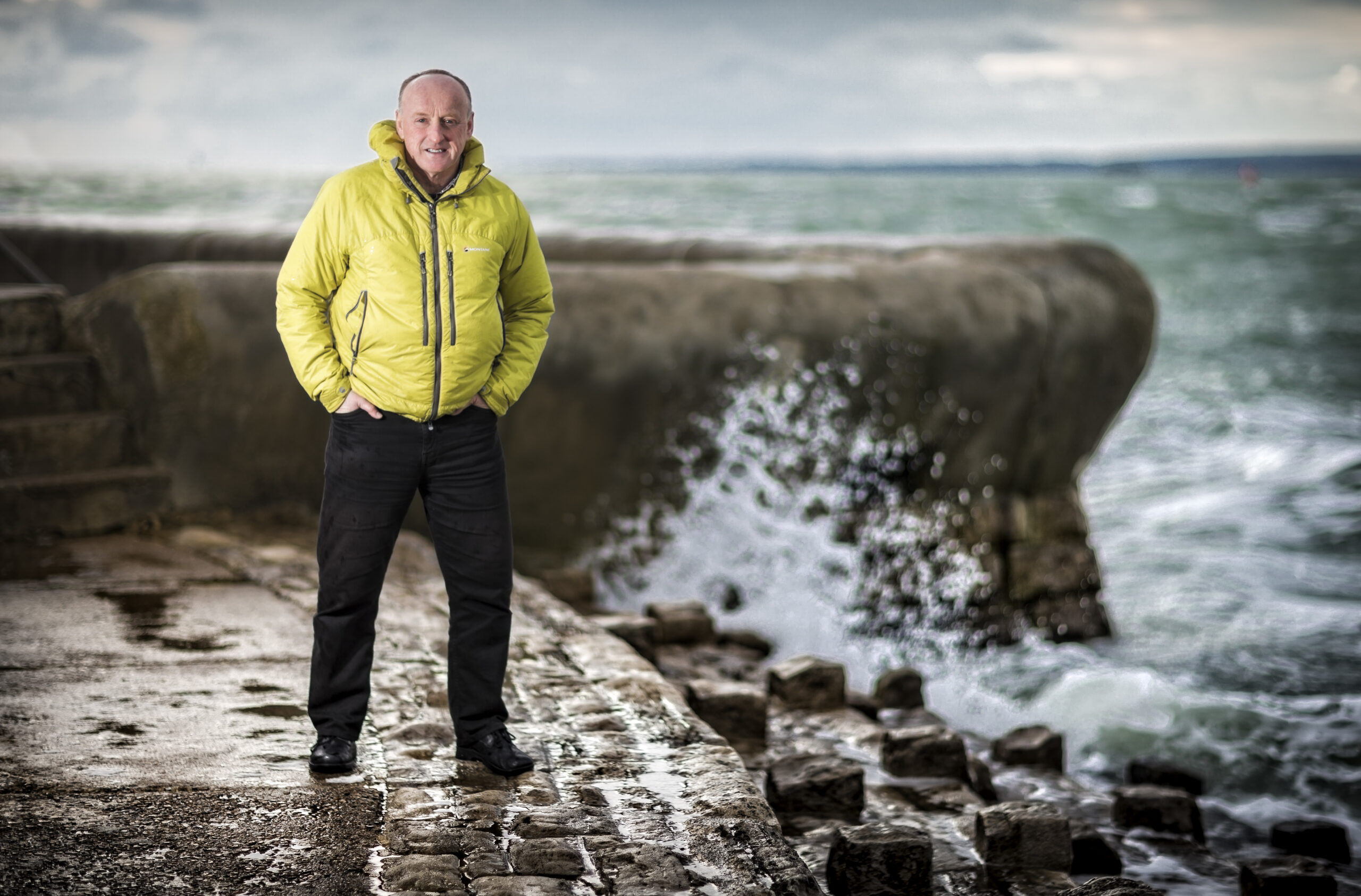Once the colder months arrive, you may hear open-water swimmers talk about the ‘afterdrop’ – but what exactly is it, how can you manage it and why is it important to be aware of it?
In this article, we give you the practical info you need, as well as asking one of our experts, Professor Mike Tipton, to explain exactly what is happening to your body...
How to recognise the afterdrop
So how does the afterdrop affect open-water swimmers and how can you recognise it? It's most noticeable once water temperatures drop under 15°C (officially classified as cold water here in the UK, according to the RNLI and RLSS definitions) and it will be experienced by swimmers as a feeling of being even colder after getting out of the water, which may sound strange.
For most of us, we can feel cool but okay while swimming and upon exiting the water. But after around 10-30 minutes, we can suddenly feel very cold and icy and start shivering uncontrollably.
This is because our core temperature continues to drop even after we have exited the water and got dried off and dressed. Over to Professor Mike Tipton to explain the physiology.
What causes the afterdrop?

“The original definition of ‘afterdrop’ came from WWII studies where people were taken from cold water and put into hot, where there’s no exercise involved.
"When you take somebody out of the cold and you put them in the hot, you don’t immediately change the core temperature, you only immediately change the skin temperature. So the intermediate tissues are still accepting heat from the core because you’re cooled from the outside in.
"So you’ve still got this cold front going into the middle of the body, even though you’ve got the outside hot and then that warm front moves in. But the time it takes would depend on how much tissue is between your surface and core. So the afterdrop is a conductive phenomenon.
“Also, in triathlon, most people are working quite hard as they swim, but they’re working quite hard with the upper body, not the legs. So the muscles in the legs cool and when you get out and you start exercising those legs you’re sending blood into cold muscle, which cools before it goes back to the core. So that’s a convective function which was never really considered in the original afterdrop research.”
How do you cope with the afterdrop?

So now we know what the afterdrop is – a conductive phenomenon of cold moving from the tissues to the core – how can we deal with it?
The first thing to understand is if you know you're going to be colder after you exit the water, make sure you don't stay in the water too long in the first place. Always exit the water while you're still feeling good and definitely before your body starts to show signs of being too cold (slowing down, shivering, losing cognitive function).
Also, we have a 'window' of around 10 minutes from exiting the water until the afterdrop hits most swimmers. So use that time to get dried and into warm layers of clothing and into shelter (wind chill and/or rain will only make things far worse!).
A few simple tricks will help you feel more comfortable as well. A hot water bottle used to warm your clothes as you swim can then be tucked down your sweater afterwards and a warm, sugary drink and snack can give you a boost, even if it doesn't affect core temperature.
Also, forget about how you look – lots of warm, baggy layers will help to trap warm air and this is definitely not the time for tight clothing that's hard to put on. Plus, a changing robe and bobble hat are a real game changer!
Finally, always make sure you're recovered from the afterdrop before driving or cycling home.

